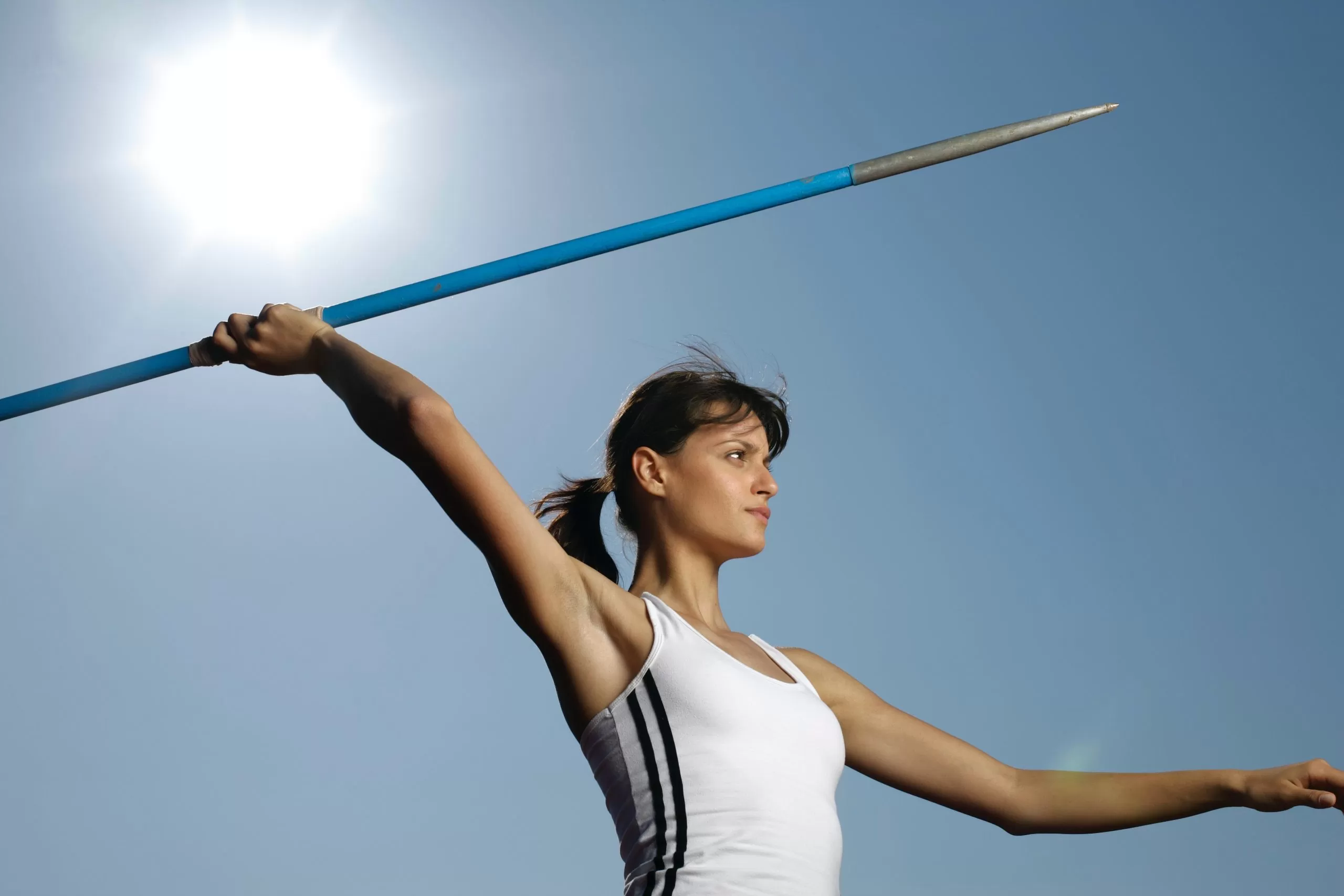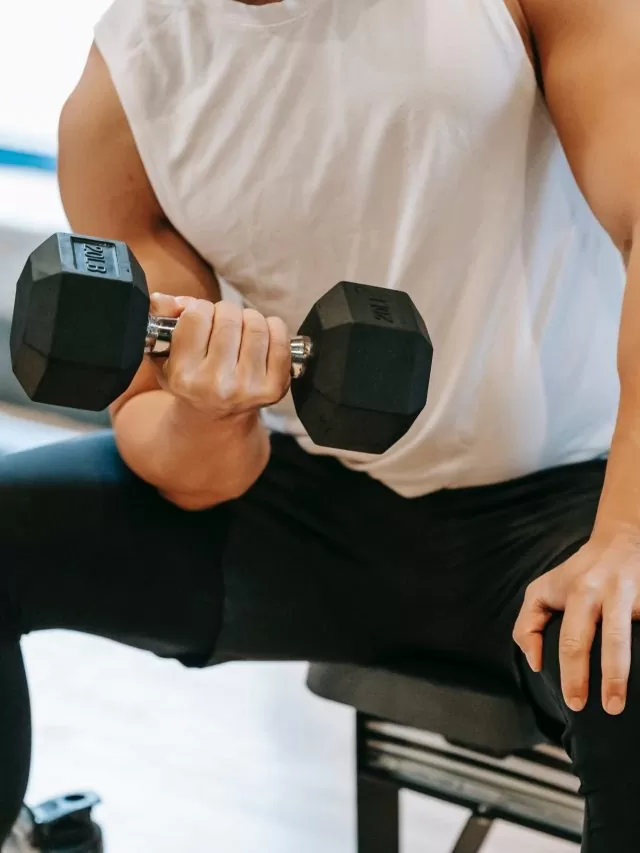Surya Namaskar, also known as the Sun Salutation, is a powerful yoga asana practiced for centuries in India. It is a sequence of 12 poses that are performed in a specific order, with each pose flowing smoothly into the next. The practice of Surya Namaskar is said to have numerous benefits for both the body and mind, making it an ideal yoga practice for beginners.
What is Sun Salutation?
The word “Surya” refers to the sun, and “namaskar” means to pay homage or to bow down. Therefore, Surya Namaskar is a way of paying homage to the sun and its energy. The practice is typically performed at sunrise, facing east towards the rising sun, as a way to honor the sun’s energy and align oneself with its natural rhythms.
Surya Namaskar is a full-body workout that strengthens and stretches the muscles, improves flexibility, and increases overall fitness. It also helps to improve digestion, reduce stress, and increase mental clarity. Additionally, the practice of Surya Namaskar is said to balance the body’s hormonal system, stimulate the internal organs, and improve circulation.
What are the 12 Steps of Surya Namaskar?
The 12 poses of Surya Namaskar are:
- Pranamasana (Prayer Pose)
- Hasta Uttanasana (Raised Arms Pose)
- Padahastasana (Hand to Foot Pose)
- Ashwa Sanchalanasana (Equestrian Pose)
- Parvatasana (Mountain Pose)
- Ashwa Sanchalanasana (Equestrian Pose)
- Padahastasana (Hand to Foot Pose)
- Hasta Uttanasana (Raised Arms Pose)
- Pranamasana (Prayer Pose)
- Bhujangasana (Cobra Pose)
- Adho Mukha Svanasana (Downward Facing Dog Pose)
- Ashwa Sanchalanasana (Equestrian Pose)
Before beginning the practice of Surya Namaskar, it is important to warm up the body with a few stretches and deep breathing exercises. This will help to prepare the body for practice and prevent injury.
Step 1. Pranamasana (Prayer Pose)
The first pose of Surya Namaskar is the Pranamasana, also known as the Prayer Pose. This pose is a simple standing pose that is used to begin and end the sequence.
To perform the Pranamasana:
- Stand at the top of your mat with your feet together.
- Bring your hands together in front of your chest in the prayer position.
- Take a deep breath in and out, and relax your body.
Step 2. Hasta Uttanasana (Raised Arms Pose)
The second pose of Surya Namaskar is the Hasta Uttanasana, also known as the Raised Arms Pose. This pose is used to stretch the arms and shoulders.
To perform the Hasta Uttanasana:
- From the Pranamasana, raise your arms above your head.
- Keep your hands together and reach up towards the sky.
- Take a deep breath in and out, and relax your body.
Step 3. Padahastasana (Hand to Foot Pose)
The third pose of Surya Namaskar is the Padahastasana, also known as the Hand-to-Foot Pose. This pose is used to stretch the back and legs.
To perform the Padahastasana:
The third step is the Padahastasana or the Hand-to-Foot Pose. To begin, exhale and bring your hands to the floor next to your feet. Make sure that your fingers are pointing forward and your elbows are close to your body.
As you inhale, raise your head and look forward. Try to stretch your spine as much as possible. Hold this pose for a few breaths.
Step 4. Ashwa Sanchalanasana (Equestrian Pose)
The fourth step is the Ashwa Sanchalanasana or the Equestrian Pose. To begin, exhale and bring your right foot back as far as you can. Make sure that your knee is close to the floor and your left leg is straight.
As you inhale, raise your left arm above your head and look forward. Make sure that your right hand is on the floor next to your right foot. Hold this pose for a few breaths.
Step 5. Dandasana (Staff Pose)
The fifth step is the Dandasana or the Staff Pose. To begin, exhale and bring your left foot back to join your right foot. Make sure that your feet are hip-width apart and your hands are next to your feet.
As you inhale, raise your body up and look forward. Make sure that your back is straight and your arms are straight. Hold this pose for a few breaths.
Step 6. Ashtanga Namaskara (Eight-Limbed Pose)
The sixth step is the Ashtanga Namaskara or the Eight-Limbed Pose. To begin, exhale and bring your body down to the floor. Make sure that your knees are close to your chest and your hands are next to your feet.
As you inhale, bring your chest and head up, and look forward. Make sure that your hips are on the floor and your arms are next to your body. Hold this pose for a few breaths.
Step 7. Bhujangasana (Cobra Pose)
Advertisement
The seventh step is the Bhujangasana or the Cobra Pose. To begin, exhale and bring your body down to the floor. Make sure that your hands are next to your shoulders and your elbows are close to your body.
As you inhale, raise your chest and head up, and look forward. Make sure that your hips are on the floor and your arms are straight. Hold this pose for a few breaths.
Step 8. Adho Mukha Svanasana (Downward Facing Dog Pose)
The eighth step is the Adho Mukha Svanasana or the Downward Facing Dog Pose. To begin, exhale and bring your body down to the floor. Make sure that your hands are next to your shoulders and your feet are next to your hips.
As you inhale, raise your hips up and look forward. Make sure that your arms and legs are straight, and your head is between your arms. Hold this pose for a few breaths.
Step 9: Ashwa Sanchalanasana (Equestrian Pose)
The ninth step is the Ashwa Sanchalanasana or the Equestrian Pose. To begin, exhale and bring your right foot forward. Make sure that your knee is close to the floor and your left leg is straight.
As you inhale, raise your left arm above your head and look forward. Make sure that your right hand is on the floor next to your right foot. Hold this pose for a few breaths.
Step 10: Padahastasana (Hand to Foot Pose)
The tenth step is the Padahastasana or the Hand to Foot Pose. To begin, exhale and bring your hands to the floor next to your feet. Make sure that your fingers are pointing forward and your elbows are close to your body.
As you inhale, raise your head and look forward. Try to stretch your spine as much as possible. Hold this pose for a few breaths.
Step 11: Hasta Uttanasana (Raised Arms Pose)
The eleventh step is the Hasta Uttanasana or the Raised Arms Pose. To begin, exhale and raise your arms above your head. Make sure that your elbows are close to your ears and your palms are facing each other.
As you inhale, bend forward from your hips and try to touch your toes with your fingers. Make sure that your knees are straight and your back is flat. Hold this pose for a few breaths.
Step 12: Pranamasana (Prayer Pose)
The final step is the Pranamasana or the Prayer Pose. To begin, exhale and bring your hands to your chest in a prayer position. Make sure that your spine is straight, your shoulders are relaxed, and your gaze is forward.
Take a deep breath in and out, and focus on your breath as you end the practice.
Things to consider While Practicing Sun Salutation
It is important to note that Surya Namaskar should be practiced at a slow and steady pace, with emphasis on breathing and proper alignment. It is also important to listen to your body and not push yourself beyond your limits. You can start by practicing just one or two rounds of Surya Namaskar and gradually increase as you become more comfortable and confident with the practice.
It is also important to warm up before practicing Surya Namaskar. A simple warm-up routine such as a few minutes of stretching or some light cardio can help prepare your body for the practice.
In addition to the physical benefits, Surya Namaskar is also a powerful tool for mental and spiritual well-being. The practice of Surya Namaskar can help to promote a sense of inner peace and balance, as well as improve your overall well-being.
In conclusion, Surya Namaskar is a powerful yoga asana that can offer many benefits for beginners. It is important to practice with proper technique and alignment and to listen to your body. With regular practice, Surya Namaskar can help to improve your physical and mental well-being and promote a sense of inner peace and balance.
Faqs









